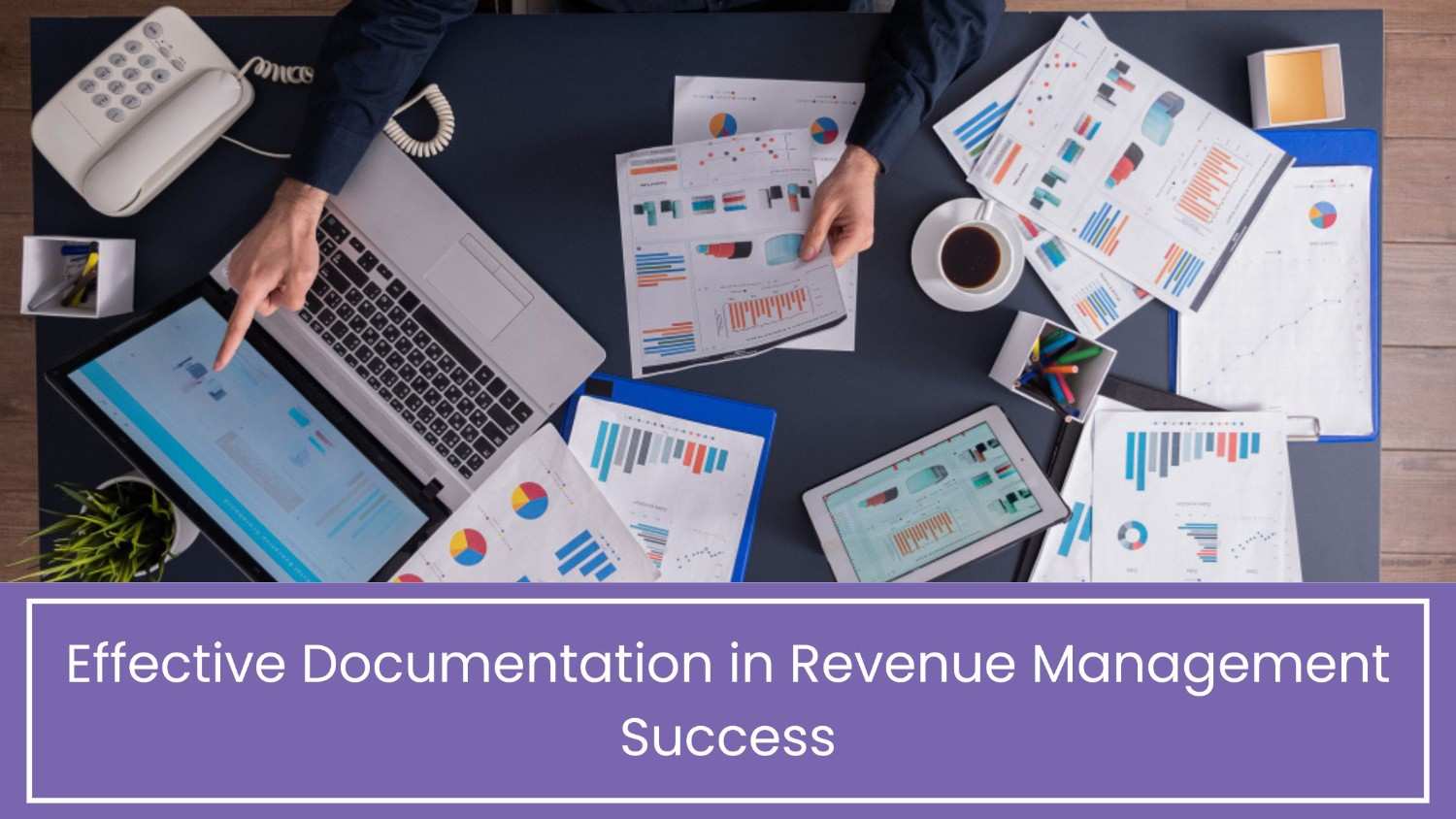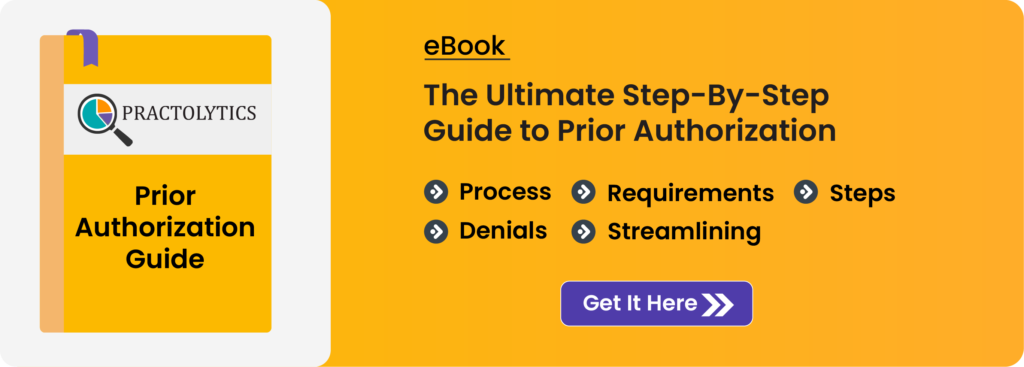Effective Documentation in Revenue Management Success
Effective documentation in revenue management success is crucial for healthcare providers and practices. With numerous financial transactions occurring daily, keeping revenue streams optimized can be challenging. One often-overlooked factor is the role of precise documentation in ensuring financial stability. In this blog, we’ll explore why accurate documentation is essential for revenue management success and share strategies to enhance your documentation processes. By improving record-keeping, you can minimize financial risks, reduce claim denials, and maximize revenue for your practice.
Table of Contents
Why Accurate Documentation is Vital for Revenue Management?
Effective documentation plays a crucial role in the healthcare industry. Documentation refers to the process of recording and storing patient information, including medical history, test results, diagnosis, and treatment plans. Accurate and complete documentation is essential in healthcare for a variety of reasons, including legal compliance, patient care, and reimbursement from insurance providers.
- Legal Compliance
One of the most important reasons for effective documentation in healthcare is legal compliance. Healthcare providers and practices must comply with various federal and state laws and regulations, including HIPAA (Health Insurance Portability and Accountability Act), which sets standards for the privacy and security of patient information. Effective documentation ensures that patient information is securely stored and accessed only by authorized personnel and that all legal requirements are met.
- Patient Care
Additionally, efficient documentation is necessary for providing high-quality patient care. The availability of all medical data to healthcare providers, which enables them to make educated decisions regarding diagnosis and treatment, is ensured by accurate and complete documentation. This includes keeping track of patient histories, test results, treatment plans, and any information about medications or allergies. When multiple healthcare providers are involved in a patient’s treatment, documentation also aids in ensuring consistent and coordinated care.
- Revenue Cycle Management
In the healthcare industry, revenue cycle management relies heavily on efficient documentation. From patient registration to final payment, numerous financial transactions make up the revenue cycle. Throughout the revenue cycle, accurate and complete documentation ensures that all financial transactions are recorded and tracked, lowering the likelihood of errors and optimizing all revenue streams.
- Insurance Reimbursement
Finally, effective documentation is crucial for insurance reimbursement. Insurance providers require detailed documentation to support claims for reimbursement, including information about the patient’s medical history, diagnosis, and treatment. Accurate and complete documentation is necessary to ensure that claims are paid in a timely and accurate manner, reducing the risk of financial losses for healthcare providers and practices.
Healthcare providers and practices should strive to maintain accurate and complete documentation practices, using electronic health records and other tools to streamline the documentation process and ensure that all legal and regulatory requirements are met. By prioritizing effective documentation, healthcare providers can reduce financial risks and improve overall revenue generation for their practice.
7 Tips for Streamlining Documentation for Increased Revenue
1. Standardize Documentation Process
To ensure consistency across all healthcare providers, establish standardized procedures for documenting patient information, diagnoses, and treatment plans. As a result, errors are less likely to occur and all relevant data is consistently recorded.
2. Make use of Electronic Health Records (EHRs)
A centralized location for storing patient data and streamlining documentation are provided by electronic health records (EHRs). EHRs can help cut down on errors in documentation, enhance patient care, and make the healthcare revenue cycle run more smoothly.
3. Educate Staff on Documentation
Ensure that all healthcare providers and staff members are trained on proper documentation practices, including legal and regulatory requirements for insurance reimbursement processes, and to meet quality patient care standards.
4. Conduct Regular Audits
Audit the documentation procedures regularly to discover any areas that require enhancement or additional training. Audits can help find and fix mistakes in documentation, lowering the chance of losing money.
5. Document All Services Rendered
Document all services rendered, including tests, procedures, and treatments, to ensure accurate billing and reimbursement. This helps to ensure that all services provided are accurately recorded and billed, reducing the risk of financial losses.
6. Keep Documentation Up-to-Date
When documentation is kept up to date, it ensures that healthcare providers have access to all necessary data for patient care decisions.
7. Review Documentation Processes Regularly
To ensure effective documentation, healthcare providers need to review their documentation regularly. Regular reviews can help identify gaps, inconsistencies, errors, and missing information in medical records, which can impact billing and reimbursement. By identifying and correcting these issues, healthcare providers can ensure accurate and timely reimbursement and avoid potential legal and financial risks.
In the healthcare industry, revenue cycle management relies heavily on accurate documentation. Healthcare providers and practices can increase revenue, improve documentation, and reduce financial risks by implementing these suggestions. Improving this process and ensuring healthcare’s financial success require standardizing documentation procedures, utilizing electronic health records (EHRs), training staff, carrying out regular audits, documenting all services rendered, keeping documentation current, and regularly reviewing documentation.
Final Thoughts
Managing documentation can be challenging and time-consuming, especially for busy healthcare providers and practices. Practolytics can assist here. We offer the best documentation services in healthcare revenue cycle management, providing a streamlined and efficient solution to maximize revenue and limit monetary dangers.
With us, you can profit from master direction and backing in documentation, guaranteeing lawful consistence, precise charging, and quality patient consideration. Improved revenue management and financial success can be achieved by healthcare providers and practices with the assistance of our cutting-edge technology solutions and dedicated team of specialists.
In conclusion, healthcare revenue cycle management success depends on efficient documentation. Healthcare providers and practices can improve their documentation procedures, increase revenue, and reduce financial risks by collaborating with us.
ALSO READ – Uplift Your Practice Revenue by Outsourcing Medical Billing in 2023
Talk to Medical Billing Expert Today — Get a Free Demo Now!






